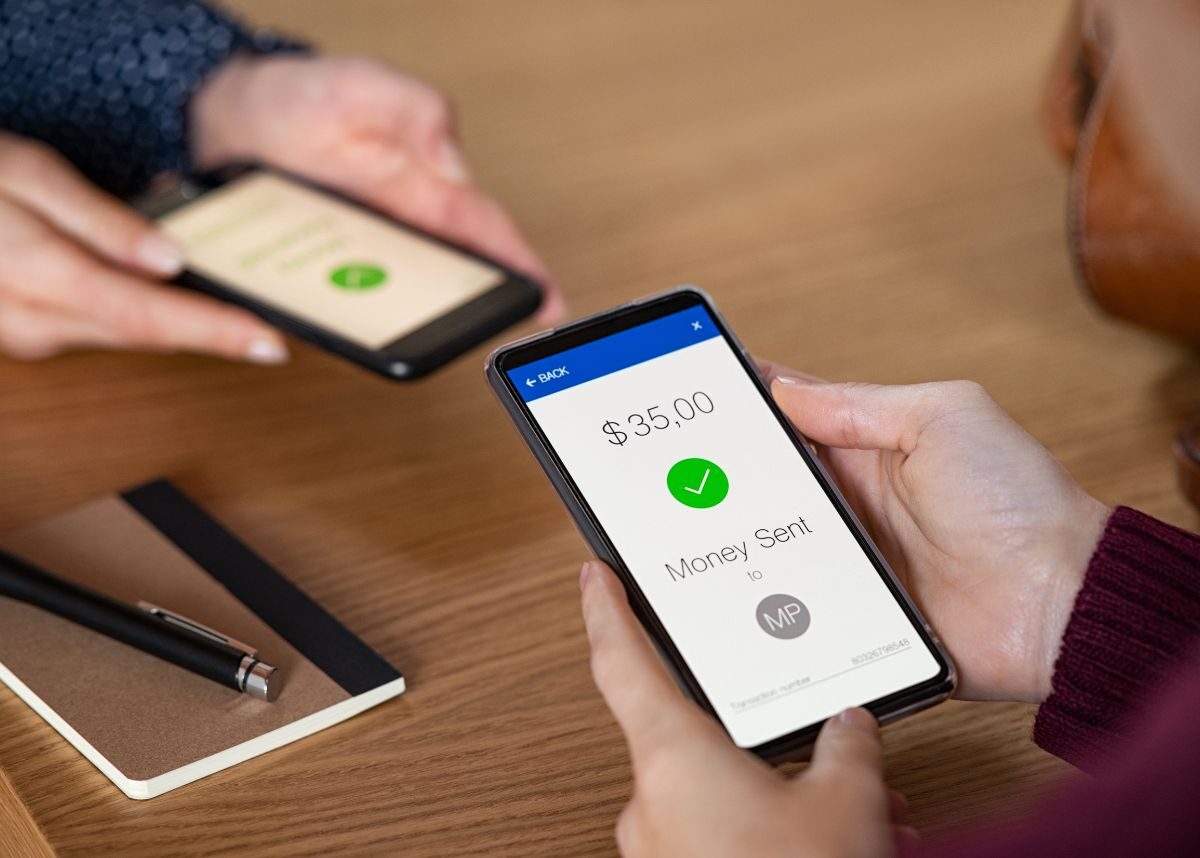Sending money overseas had few options once upon a time – you may have chanced upon the occasional foreign exchange inside travel agencies, sending faxes back and forth, or relied upon your bank. Either way, the process was long and costly, meaning less money ended up in the hands of your overseas recipient or account. How can you send money overseas and make sure it’s not gobbled up in margins and fees? Here are five tips so you can best learn about sending money overseas.
Compare international money transfers
The best place to see most of your various money transfer platforms in one place is with a comparison site. This lists ‘like for like’ products and services side by side, so their features can be assessed easily. Being able to see how much you will have remaining at the other end after you send money overseas, is an integral feature. Knowing the minimum transfer amounts, expected timeframe, transfer fees and total number of currencies available will make your cross border transfer much less stressful.
Avoid credit cards and banks
Banks and credit cards typically apply whatever exchange rate is available at the time the transaction is processed for that specific currency. This type of conversion is called a ‘spot conversion’ or a ‘spot price.’ This frequently leads to a lower exchange rate, which might reduce the money you have at the other end.
Worse still, it goes through a gristmill of fees and charges. Your credit card provider may charge an international transaction fee between 1%-3% on your funds, which is further eroded by a foreign exchange fee. The payment processor may also charge a fee at the other end – which means even less money for your recipient! Look for a specialist forex money transfer provider instead. Such companies will usually offer much more competitive fees or margins.
Limit buying options
Forex merchants help you keep more money by using limit and stop loss orders. A limit order is an order for your transaction to be carried out at a specified exchange rate. For instance, you may have specified your transaction is sent to market at an exchange rate of $0.77 AUD. When the market reaches this predefined number, your order will be carried out.
Stop loss orders are also used in combination with limit orders. These orders enable you to protect your funds in the event the exchange rate changes unfavourably. They enable you to limit your losses by withdrawing your funds before too large a loss is experienced.
Is $10 000 the maximum amount you can send overseas?
It is possible to send larger amounts of money overseas, but any transaction of $10 000 or more must be reported to AUSTRAC. This is the Australian Government’s anti-money-laundering agency which ensures the proceeds of serious crime is not sent overseas or used for criminal activity. This $10 000 limit applies whether you are transferring money for business purposes, or gifting it to your family or friends.
How long does it take to send money overseas?
The hallmark of a good forex company is if they offer instant money transfers. Banks can take up to seven working days to send your funds – and you’ll pay for the privilege. However, specialist money transfer providers can often get your funds to their destination on the same day, or within two days.












